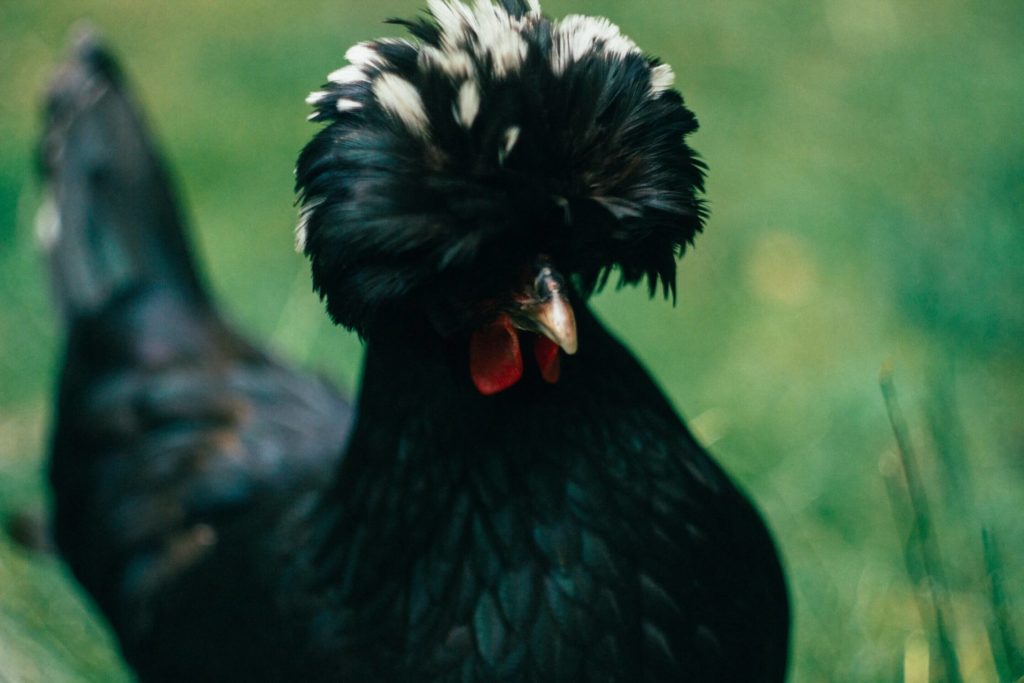Different wing patterns can be observed in the same species of butterflies.In the words of
 Butterfly. Photo: Saiful786, CC BY-SA 4.0 reativecommons.org/licenses/by-sa/4.0, via Wikimedia Commons
Butterfly. Photo: Saiful786, CC BY-SA 4.0 reativecommons.org/licenses/by-sa/4.0, via Wikimedia Commons
Only now, with the help of modern DNA analysis techniques, can they be properly mapped.
What are supergenes?
Supergenes are parts of chromosomes thatcontain several genes that are inherited as a whole. What makes supergenes so special is their lack of recombination. Recombination is the shuffling of the genetic information of two parents so that the offspring receives a unique set of chromosomes. Since there is no recombination within a supergene, the genes within it evolve together as a single unit. This allows different versions of supergenes to arise within a species. As a result, this leads to serious differences in the appearance and behavior of animals.
How do supergenes appear?
Supergenes can arise in different ways.There are regions of the genome where recombination naturally occurs less frequently. At the same time, recombination can be stopped when, for example, the structure of the genome changes. A well-known example is inversion or chromosomal rearrangement, in which a section of a chromosome rotates 180°. Part of the chromosome breaks off and is reversed, so that the order of the genes is no longer the same. Then recombination is no longer possible.
How do supergenes appear in nature?
The presence of supergenes leads to greatervariability within a species. For example, this is noticeable among turukhtans. Supergenes in these birds result in males having either dark or white feathers around their heads. There are also males that do not develop a collar of feathers at all and that look like females. These three types of male moth not only differ from each other in appearance, but also behave differently during the mating season.
 Turukhtans. Photo: Unsplash/CC0 Public Domain
Turukhtans. Photo: Unsplash/CC0 Public Domain
Do supergenes provide an evolutionary advantage?
Sometimes.This allows species to switch between different survival strategies. Supergenes can make this process easier. But everything has a price. Without recombination, harmful mutations can quickly accumulate. For example, in the crested newt studied by Velstra and Berdan, the accumulation of mutations in one supergene led to half of the salamander's eggs being nonviable. This supergene can be considered a very extreme example of an inherited disease.
 Salamander. Photo: Vwpolonia75 (Jens K. Müller, Hamburg), CC BY 3.0creativecommons.org/licenses/by/3.0, via Wikimedia Commons
Salamander. Photo: Vwpolonia75 (Jens K. Müller, Hamburg), CC BY 3.0creativecommons.org/licenses/by/3.0, via Wikimedia Commons
Why study supergenes?
By studying the evolution of supergenes, scientists hopeget more information about the origin of hereditary diseases. There is more research being conducted on this topic than ever before. Therefore, scientists continue to find more and more examples where large differences in behavior and appearance are influenced by the same supergenes. The next step is to find out exactly how they arise.
Read more:
An out-of-control Chinese rocket will soon fall back to Earth. What's happening
Scientists filmed a strange creature with tentacles, which they mistook for a flower
Marine archaeologists find wreckage from medieval shipwreck